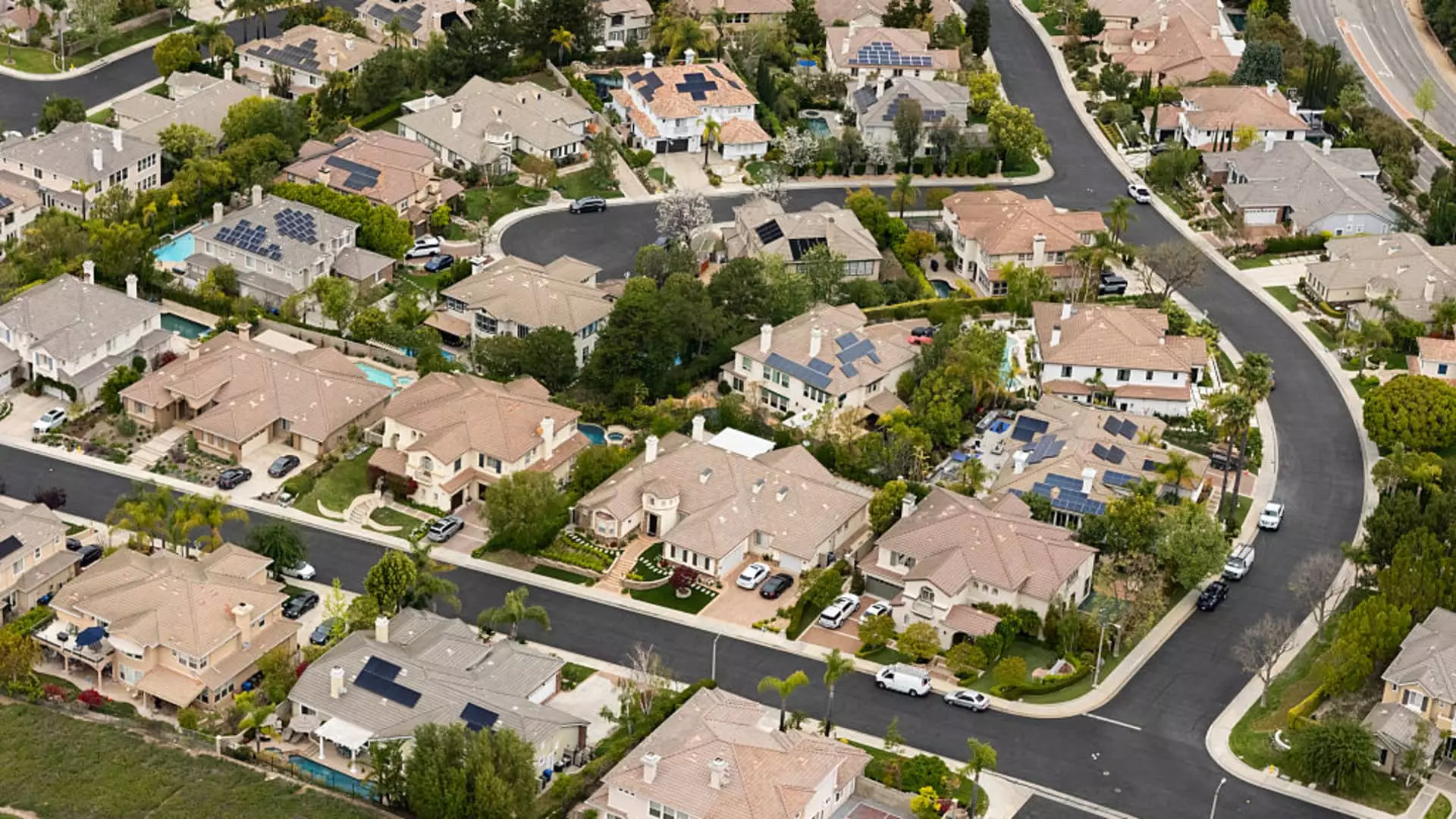In recent analyses, expert economists warn that the housing sector is poised to become a significant obstacle to economic progress in the latter half of the year. This potential downturn challenges the conventional optimism surrounding a resilient economy, revealing underlying vulnerabilities rooted in housing affordability, demographic shifts, and policy impacts. If the housing market falters as projected, it risks dragging down broader economic momentum, making recovery increasingly complex. The notion that a fundamental sector like housing—often viewed as a linchpin of economic vitality—could act as a drag force signifies a need for renewed policy focus and strategic interventions that prioritize sustainable growth over short-term gains.
The Cracks in Housing Affordability and Demographic Dynamics
One of the core reasons behind this forecasted decline is the persistent struggle with housing affordability. As prices soar beyond reasonable levels for average households, fewer potential homeowners can comfortably enter the market, leading to a contraction in new construction and purchase activity. Additionally, immigration—a key driver of household formation—has slowed considerably, particularly amidst ongoing policy crackdowns. This demographic stagnation reduces the demand for new housing, further exacerbating the downturn. Without sufficient influx of new residents and buyers, the market faces a self-perpetuating cycle of decline, which can have ripple effects on related industries such as construction, finance, and consumer spending.
Policy and Market Forces Fueling Decline
Compounding these challenges are strategic choices by homebuyers themselves. The increasing reliance on mortgage buydowns—where buyers purchase “mortgage points” to lower interest rates—serves as an indicator of struggling affordability. This trend suggests that many are resorting to financial engineering to mask the true cost of homeownership, highlighting a very real crisis of access. Meanwhile, policy decisions such as immigration restrictions and economic measures under current leadership—aimed at tightening borders—are expected to keep household formation subdued. A sluggish labor market further compounds the problem; if employment growth stagnates, consumer confidence and spending diminish, pressuring the housing sector even more.
Implications for Broader Economic Policy
The projected stagnation within the housing market underlines an urgent need for pragmatic policy responses that strike a balance between controlling inflation and fostering growth. From a centrist, pragmatic perspective, overly restrictive immigration policies or policies that make homeownership artificially affordable through rate buydowns are short-sighted. Instead, fostering a more dynamic and accessible housing environment through sensible immigration reforms, tax incentives for builders, and policies that enhance affordability can stabilize the sector. Ignoring these signs of decline risks economic stagnation, increased unemployment in related sectors, and a faltering recovery—consequences that threaten the foundational stability of national economic health.
By critically evaluating the warning signs and acknowledging the complex interplay of policy, demographic shifts, and market forces, policymakers have an opportunity—and perhaps an obligation—to steer the housing sector back toward sustainable growth. Failing that, the economic consequences could extend well beyond the housing market, undermining the resilience of the broader economy and imperiling future prosperity.

